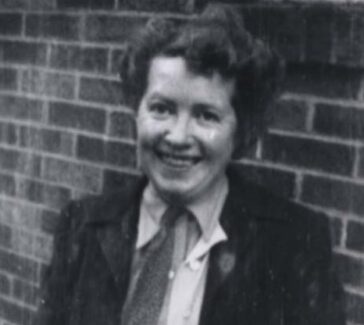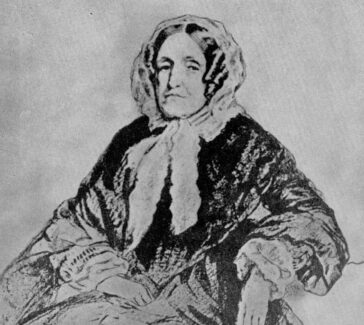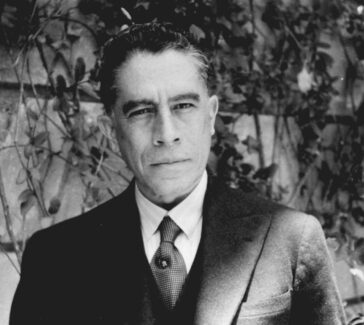Felix Hoffmann
In 1897, in a two-week period while working at Bayer, Hoffmann synthesized both aspirin and heroin. Aspirin is still widely sold as an over-the-counter medication today.
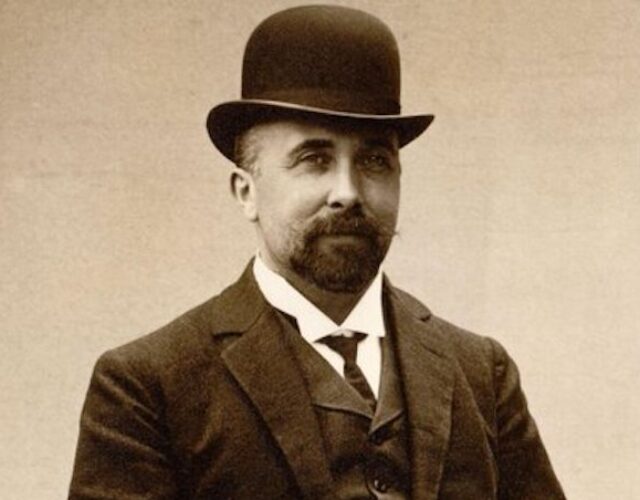
The German chemist Felix Hoffmann (1868–1946) famously synthesized two drugs: aspirin, one of the most widely beneficial drugs ever, and heroin, one of the most harmful of illegal substances. These two drugs represent the efforts of late-19th-century chemists to create new substances that could be used as medicines, not just to isolate active ingredients from natural products or to imitate them.
One approach toward this end was to modify known physiologically active substances; another was to perform chemical operations on one or more of the myriad organic compounds created as products or by-products of the synthetic dye industry, which had developed in the 19th century and was particularly strong in Germany.
Joining Bayer Company
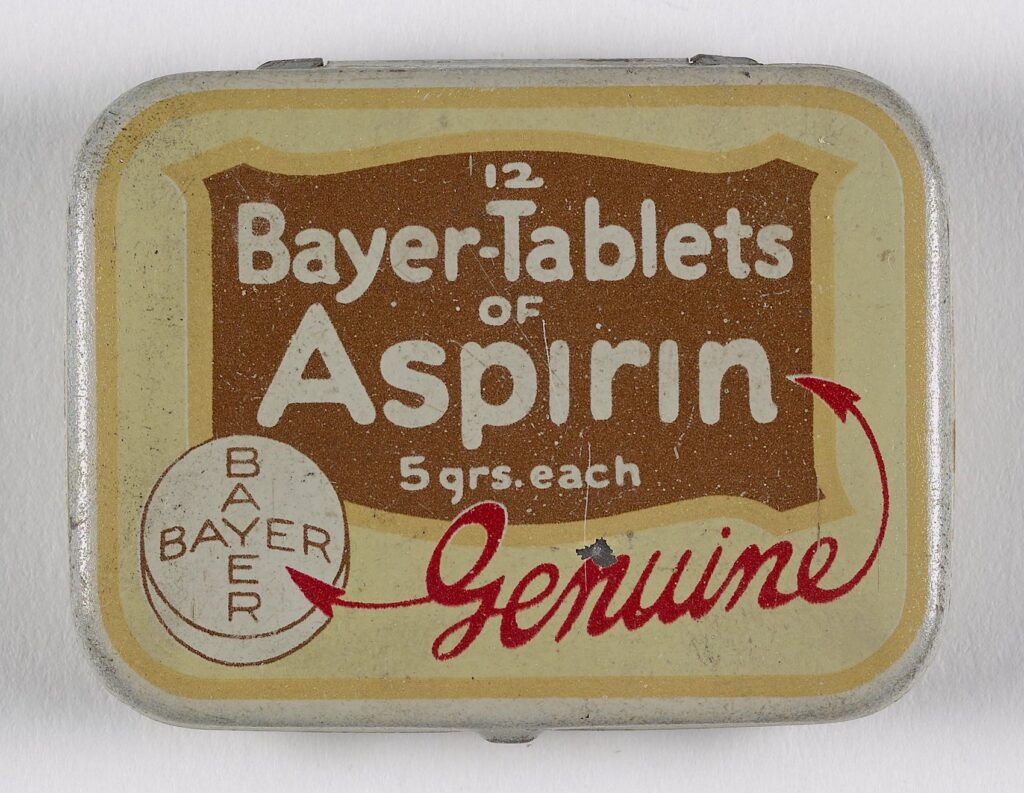
Hoffmann was the son of a manufacturer in the town of Ludwigsburg in Swabia, Germany. He first found employment in pharmacies in various cities and towns around Germany and later studied chemistry and pharmacy at the University of Munich, graduating in 1893. Recommended by one of his professors, Adolf von Baeyer (who would win the Nobel Prize in Chemistry in 1905 for his work in synthesizing dyes), Hoffmann joined the newly established pharmaceutical research department at the Bayer Company in Elbersfeld.
Acetylating Molecules
In the summer of 1897 Hoffmann was adding the acetyl group (CH3CO) to all sorts of molecules, with hopes of improving the strength or decreasing the toxicity of physiologically active substances. This strategy of “acetylating” molecules had worked with Bayer’s first medicines: the fever-reducing phenacetin (1888), which is the acetylated form of p-nitrophenol, itself a useless by-product of manufacturing blue dyestuffs; and the antidiarrheal Tannig (1894), which was acetylated tannic acid, a component of substances long used in tanning leather. As Hoffmann recalled 20 years later, the Bayer chemists worked by instinct and talked about having a “good nose” for discovery.
Legend has it that Hoffmann was searching for a medicine to ease his father’s rheumatic pains when he acetylated salicylic acid, the active principle in salves and teas made from willow bark and certain other plant materials. Since antiquity the pain-relieving and fever-reducing properties of willow bark had been well known, and in the early 19th century salicylic acid was isolated from the bark by several chemists. In 1859 Hermann Kolbe determined its chemical structure and synthesized it. In 1874 the Heyden Company near Dresden began manufacturing and selling synthetic salicylic acid, a cheaper product than the extract from willow bark itself. However, salicylic acid had unpleasant side effects: it irritated the stomach, and some patients were simply unable to tolerate it.
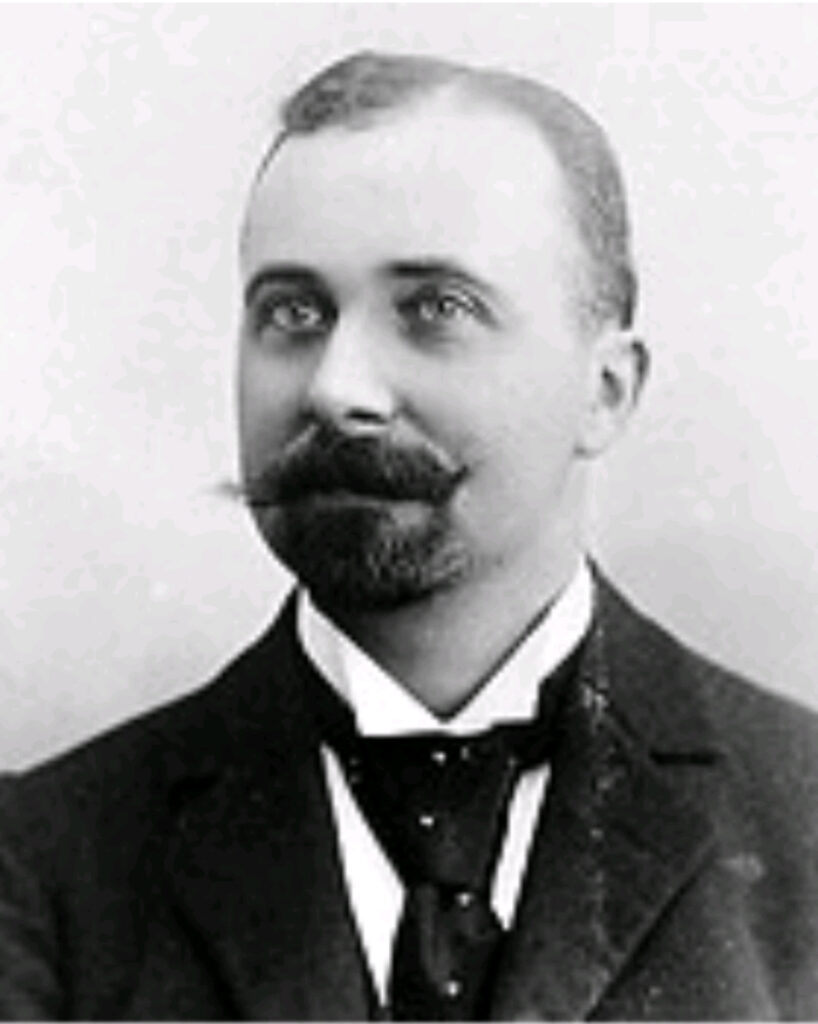
Acetylsalicylic Acid aka Aspirin
As soon as Hoffmann succeeded in acetylating salicylic acid to produce acetylsalicylic acid, Heinrich Dreser, the head of Bayer’s pharmaceutical laboratory, tested the substance for toxicity on himself. Then he set up a series of animal experiments. Tests on people—patients in a hospital in Hall an der Saale—began soon afterward. Acetylsalicylic acid was given the name Aspirin, from the A for acetyl and the spirin from Spirea, the genus name for shrubs that are an alternative source of salicylic acid.
Today there is debate as to whether this account is complete. Some evidence has surfaced that indicates that Arthur Eichengrün, another Bayer employee, played a significant role in the development of aspirin. It has been suggested that he was left out of the story as it has been told since the 1930s because he was Jewish.
Bayer applied for a German patent but was rejected: as it turned out, acetylsalicylic acid had been synthesized earlier, first by a French chemist and later by a German chemist, although unlike Hoffmann they had been unable to produce it in a pure, stable form. Regardless, the Bayer Company, recognizing that it had a potential blockbuster in aspirin, aggressively marketed the drug worldwide. In the United States, Bayer was able to obtain a patent, giving the company the monopoly on manufacturing the drug from 1900 to 1917.
When Bayer’s American plants were sold in 1919 as part of the reparations exacted from Germany after World War I, Sterling Products of Wheeling, West Virginia, was willing to invest the then unheard-of sum of $3 million for Bayer’s U.S. drug properties. But Sterling was unable to protect the trademark status of aspirin. It thus became a staple of the over-the-counter market in the United States and elsewhere.
More than 100 years after its invention, it continues to be a popular drug, with uses extending far beyond those envisaged by its original creators. SmithKline Beecham eventually purchased Sterling’s worldwide over-the-counter pharmaceutical business and, in turn, sold the U.S. portion, including aspirin, to Bayer for a sum of $1 billion.
Heroin: Acetylated Morphine
Heroin is another story. Dreser, while still a professor in Göttingen, had worked on the effect of codeine—a weaker derivative of opium than morphine—on breathing. He instructed Hoffmann to acetylate morphine with the objective of producing codeine; the result instead was a substance that was named heroin. But the same compound had already been discovered in 1874 by an English chemist and so was not patentable.
Before the extreme addictiveness of heroin was recognized, however, it was widely sold by Bayer and other companies to suppress heavy coughs, to relieve the pain of childbirth and of serious war injuries, to prepare patients for anesthesia, and to control certain mental disorders. Since the 1930s it has been banned in most countries.

